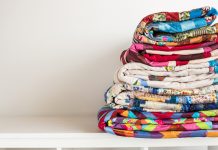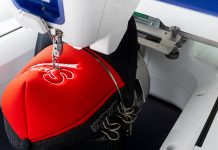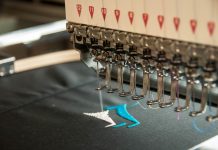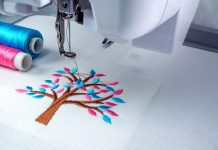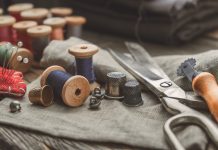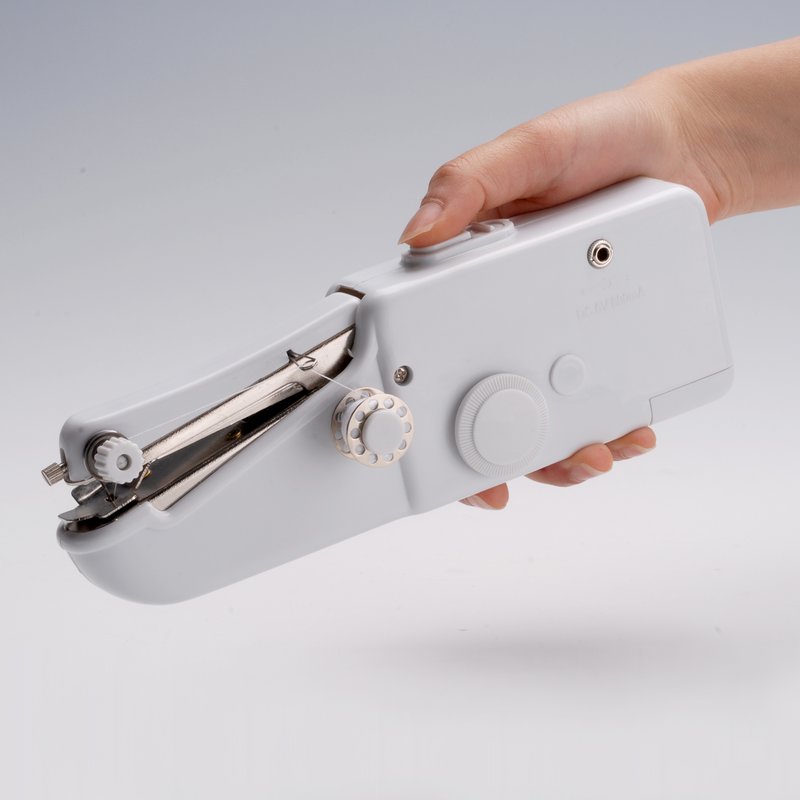Home sewing machines are handy for small-scale projects, but you’ll likely need to invest in an industrial device if you want to take your sewing capabilities to the next level. They offer increased stitching speeds and power, plus, they’re durable and can be run for extended periods without overheating.
As the name suggests, industrial sewing machines are what commercial seamstresses use. If you’re looking to turn your sewing from a hobby into an income, this device could be just what you need.
 How Can We Help?
How Can We Help?
Before you start looking into industrial sewing machines, we thought we’d help take some of the confusion out of the process by reviewing one of the most popular and practical machines on the market: The Singer 20U109 Commercial-Grade Industrial Sewing Machine.
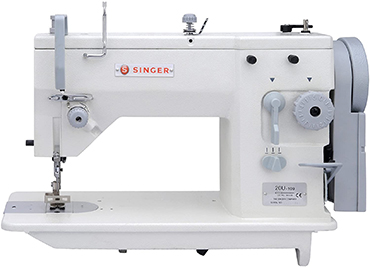
What are the Differences Between Home and Industrial Sewing Machines?
While they may look similar, there are significant differences between home sewing machines and the industrial models.
Durability and Power
Industrial sewing machines are made to last. They tend to be constructed from durable materials and feature high-quality, powerful internal components such as metal connecting rods, gears, and casings. Since traditional home sewing machines only need to withstand light use, such as sewing individual garments or performing light hemming work, they can be made with plastic gears and internal parts.
The Ability to Handle Heavy Fabrics
Not only do these durable metal components ensure industrial machines can run for long stretches without breaking, but they also mean these devices can handle heavy-duty fabrics you would find during the production of shoes, bags, sofas, seat covers, car upholstery, and heavy outerwear. A standard home sewing machine wouldn’t be up to the task.
Increased Operating Speeds
Typical home sewing machines usually operate at a power of about 65watts. Even the more heavy-duty devices only run at about 100watts, which means they can produce no more than 1,200 stitches per minute. Even the most basic industrial sewing machine dwarfs this speed.
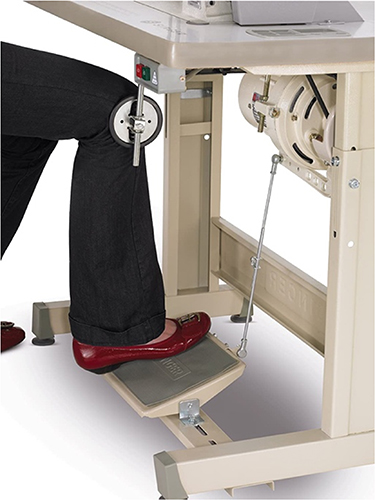
As you can see, an industrial sewing machine offers serious advantages over a standard device. If you’re working in any sort of professional capacity, or you just regularly work with heavy fabrics, an industrial sewing machine will help you take on much larger workloads.
The Singer 20U-109 Commercial-Grade Industrial Sewing Machine
No matter how long you’ve been sewing, you’ve probably heard about Singer. It’s one of the largest and most well-known sewing machine manufacturers in the world. While its home sewing machines are a major reason why the brand is so well-regarded, its industrial machines are just as impressive.
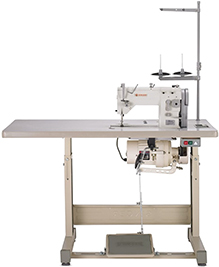
The following are just some of the reasons why this machine stands out from the competition:
- It can run at high sewing speeds. It sews six times faster on its highest setting than Singer’s fastest home sewing machine model, allowing you to complete your sewing projects faster than ever before.
- The 20U-109 has a heavy-duty motor, which produces enough power to sew multiple layers of heavy fabrics at the same time.
- It comes with everything you need to get started, including the machine head, motor, and a fully assembled single-pedal stand.
- The integrated knee lifter lets users raise and lower the presser foot without having to use their hands, allowing you to complete projects even faster.
- Versatile operation means you can switch from straight to zig-zag stitches quickly and without much hassle.
- A simple reverse lever makes it easy to reinforce seams and avoid unravelling issues. This is important when you’re working with thicker fabrics as they often need more durable stitchwork than lighter materials.
- Allows for three unique needle positions, which means they can be changed to meet the needs of various sewing projects. This is useful for detail work, such as attaching zippers, cording, and adding decorative stitchwork.
- It uses a simple bobbin winding spindle system. In fact, the bobbin winding method is the exact same as you’d find on Singer’s home sewing machines.
- It has an adjustable presser foot, allowing users to choose the amount of pressure you exerted on the fabric. You’ll be able to sew thin, lightweight materials or thick, heavy denims and faux leathers with the simple turn of a dial.
Our Overall Impression of the Singer 20U-109
Overall, we believe this is one of the best options for a versatile industrial sewing machine. Whether you’re a professional tailor, high-volume garment maker, seamstress, fashion designer, or just your average hobbyist, this is an excellent option.

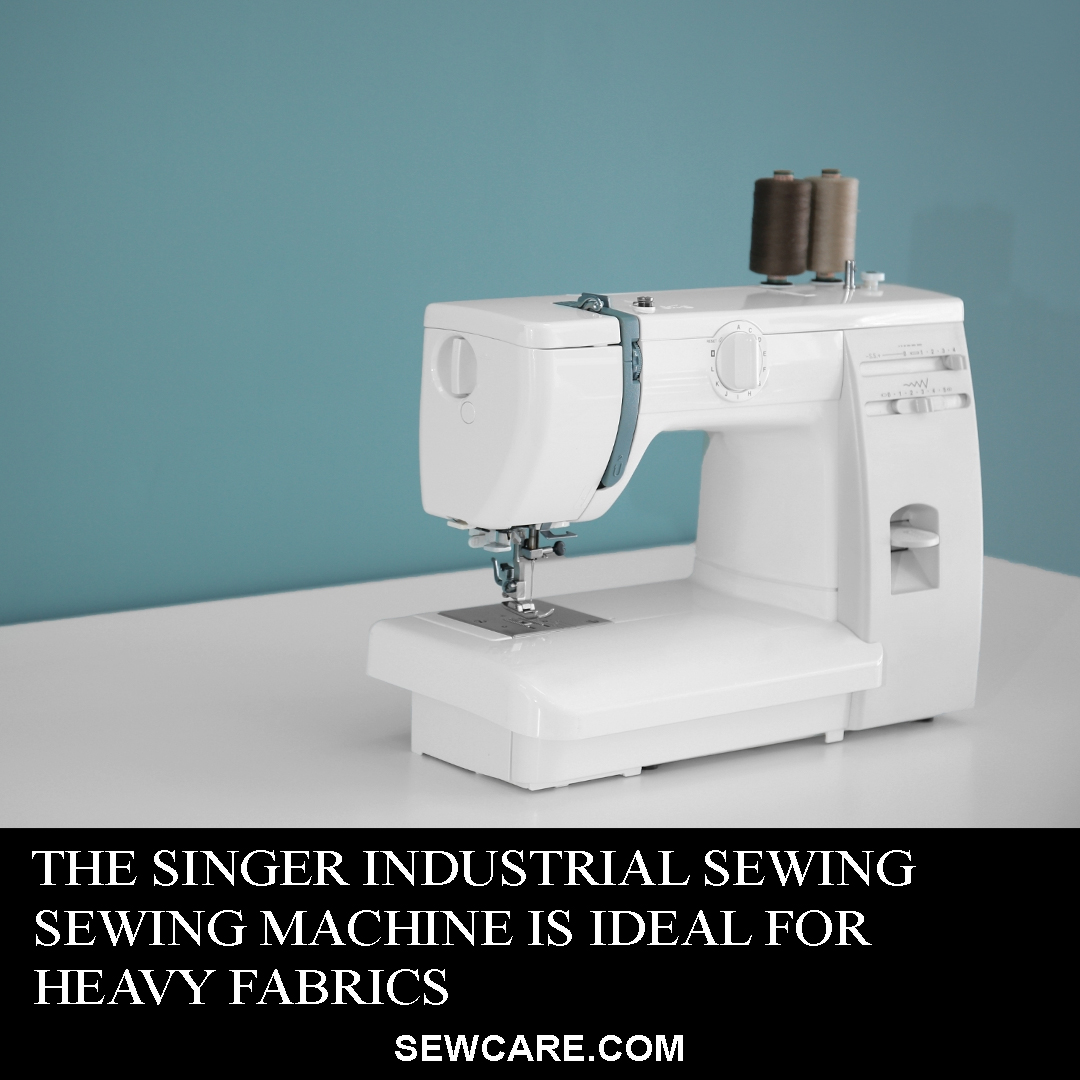 How Can We Help?
How Can We Help?